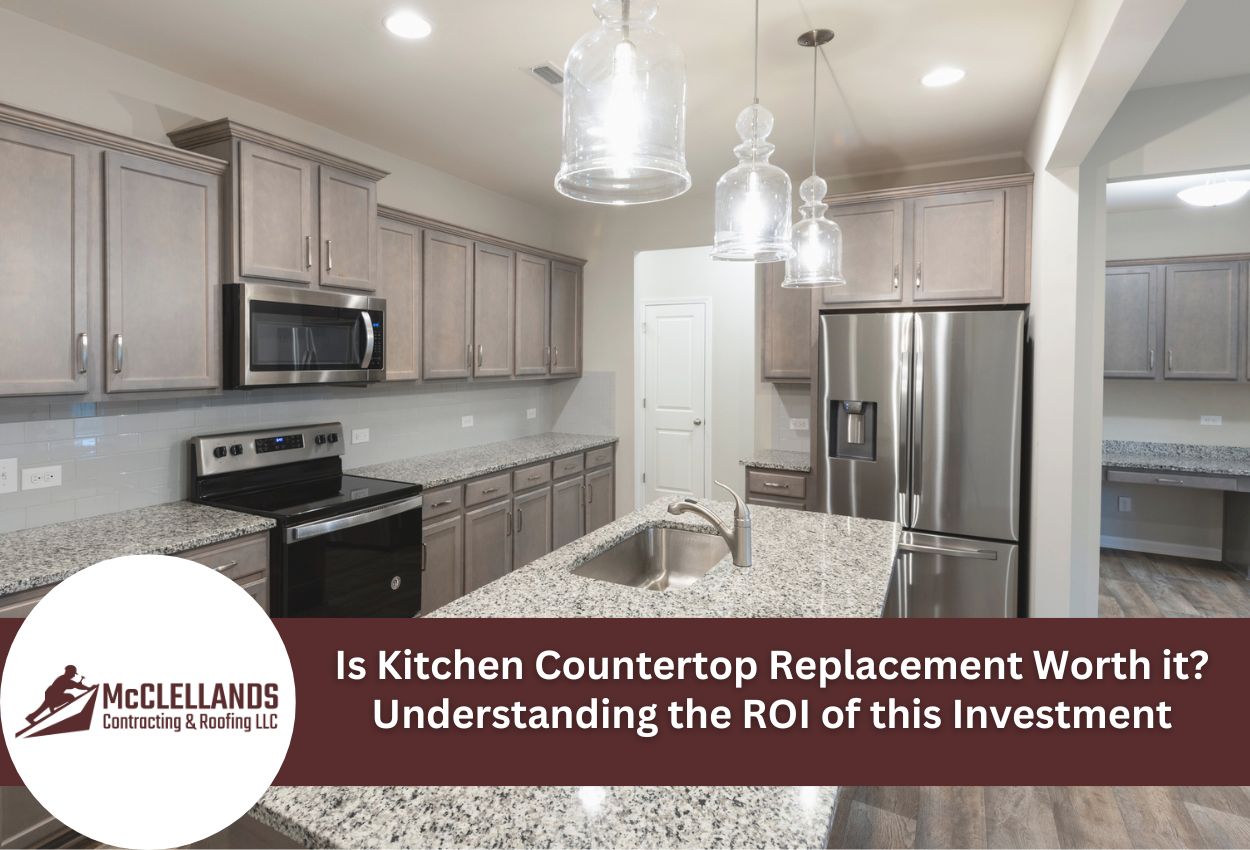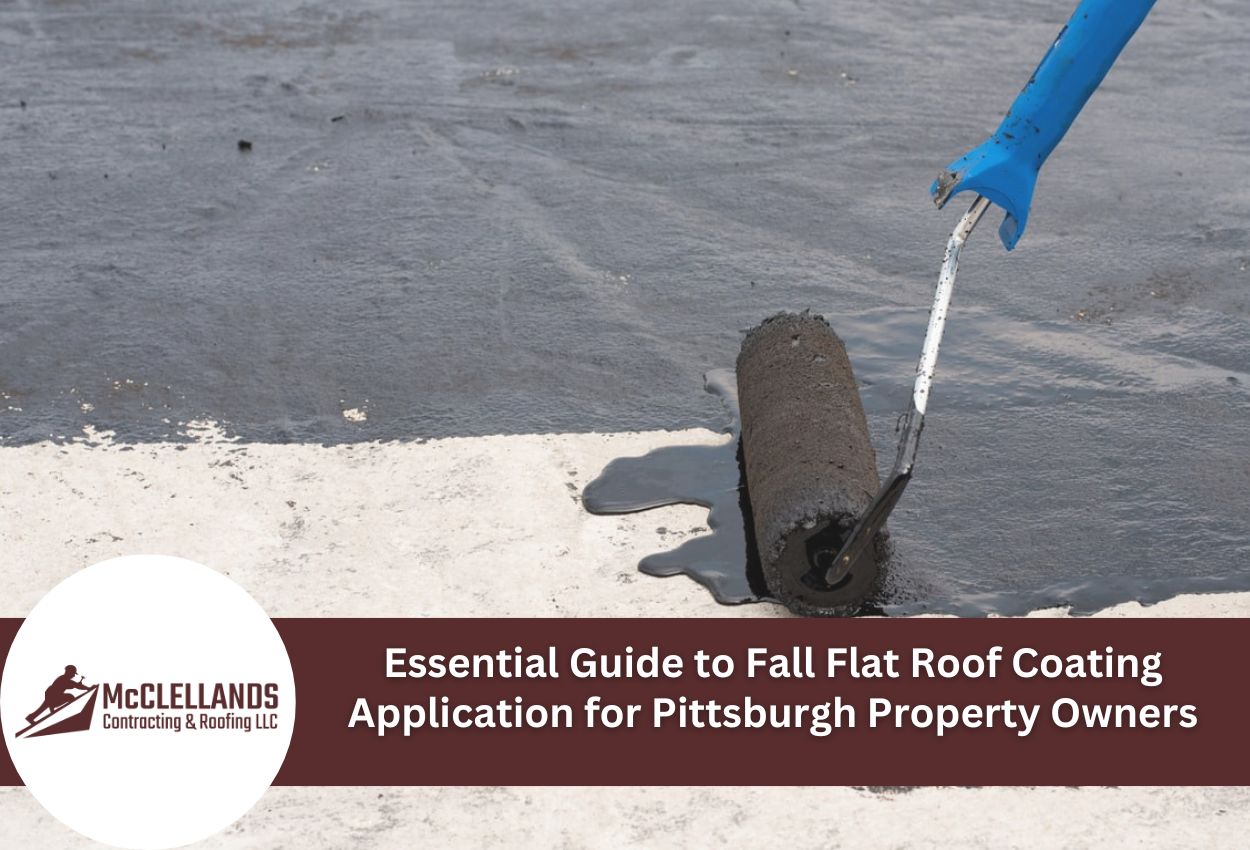Essential Electrical and Plumbing Planning Guide for Your Home Remodel

Home remodeling projects often focus on visible changes like new flooring, paint colors, and kitchen cabinets, but the hidden infrastructure behind your walls deserves equal attention. Electrical and plumbing systems work together as the backbone of any functional home, and their coordination during renovation projects can make all the difference between a smooth remodel and one that drags on for months.
Understanding electrical and plumbing considerations for home remodeling is non-negotiable when walls are opened and existing systems are exposed. These interconnected systems share pathways through walls, compete for space in utility areas, and must meet strict building codes that vary by location. Poor planning between electrical wiring and plumbing rough-in often leads to conflicts that require expensive corrections.
Timing is also important for a successful renovation. Electrical panel upgrades must occur before new circuits can be installed, while water line relocation needs to be completed before the walls close up. Many homeowners discover too late that electrical and plumbing require specific inspection schedules that can delay entire projects when not properly sequenced.
The relationship between these systems extends beyond simple scheduling. Modern homes need increased electrical capacity for today’s appliances, while upgraded plumbing systems require careful routing to avoid interference with new electrical pathways. This guide will get into these considerations and more, helping homeowners plan and execute their renovation successfully.
When Your Electrical Panel Needs an Upgrade During Renovation
Recognizing when electrical panel upgrades are necessary prevents project delays and safety hazards. Older panels often display clear warning signs, including frequent circuit breaker trips, flickering lights when appliances start, or burn marks around breaker switches. These symptoms indicate the existing system cannot safely handle additional electrical demands from modern appliances, and new circuits are required.
Many homes built before 1980 contain electrical panels rated for 100 amps or less, insufficient for today’s electrical needs. Kitchen remodels, in particular, stress outdated systems since modern appliances draw significantly more power than their predecessors. When electrical wiring during home renovation reveals aluminum wiring, Federal Pacific panels, or other outdated components, panel replacement becomes essential for safety and functional reasons.
Modern electrical panels provide substantial benefits beyond meeting current renovation requirements. Today’s 200-amp panels accommodate future expansion, support smart home technology, and include advanced safety features like arc fault circuit interrupters. These upgrades protect both the immediate remodeling investment and prepare homes for future electrical needs.
Panel upgrades require coordination between electrical and plumbing systems since both systems often share utility areas. A professional assessment determines whether existing service lines can support increased capacity or require utility company upgrades, potentially affecting project timelines but ensuring your electricity needs are met.
Planning Your Electrical Wiring Strategy for Home Renovations
Electrical wiring during home renovations requires strategic planning that begins with analyzing new room layouts and anticipated electrical needs. Modern homes require significantly more outlets than older properties, with current codes suggesting outlets be installed every 6 feet along walls and dedicated circuits for high-demand appliances. Bathroom renovations require Ground Fault Circuit Interrupter (GFCI) protection for all outlets within 6 feet of water sources.
Circuit requirements vary based on planned appliance installations and room functions. Home theaters may need multiple dedicated circuits for audio equipment, while home offices require adequate power for computers, printers, and networking equipment. Electrical panel upgrades become necessary when existing panels cannot accommodate additional circuits needed for modern electrical loads.
Coordination between electrical rough-in work and other trades prevents expensive mistakes and project delays. Plumbing must align with electrical pathways to avoid conflicts within wall cavities. HVAC ductwork, electrical conduits, and water lines compete for limited space, making professional coordination essential for successful installations.
Timing electrical installations correctly ensures wiring placement occurs before insulation and drywall installation. Once walls close up, adding forgotten circuits becomes expensive and disruptive. Water line relocation during remodel work often affects electrical placement, requiring careful scheduling between trades to maintain project momentum.
Understanding Plumbing Rough-In Requirements for Remodeling Projects
Plumbing rough-in for remodeling projects establishes the foundation for all water supply and drainage systems before insulation and drywall are installed. This critical phase involves installing water supply lines, drain pipes, and vent stacks that connect fixtures to main plumbing systems. Proper pipe sizing ensures adequate water pressure reaches all fixtures while preventing drainage backups that plague poorly planned installations.
Fixture placement during rough-in work must account for existing plumbing locations and structural limitations. Water line relocation during remodel projects often requires rerouting supply lines around electrical pathways, HVAC ducts, and structural elements. Kitchen sinks typically need hot and cold supply lines plus a drain connection, while bathroom renovations require multiple fixture connections, including toilets, sinks, showers, and bathtubs.
Venting requirements represent one of the most complex aspects of plumbing rough-in work. Every plumbing fixture needs to be vented to prevent sewer gases from entering living spaces and keep drainage flowing correctly. Vent pipes must maintain specific slopes and connections to main vent stacks, often requiring creative routing through wall cavities shared with electrical systems.
Coordinating plumbing rough-in with electrical work prevents interference between systems competing for wall space. Electrical wiring must avoid areas where plumbing pipes will run, while water lines need routing that avoids electrical panels and major circuit pathways. This coordination is essential to ensure the project stays on schedule and meets building codes.
Successfully Relocating Water Lines During Your Remodel
Water line relocation during remodel projects is necessary when new room layouts conflict with existing plumbing routes or when fixture placement changes significantly. Kitchen renovations frequently require moving water supply lines to accommodate island installations or relocated sinks, while bathroom remodels may need rerouting to support new shower or bathtub positions. Identifying these needs early in the planning process prevents surprises once demolition begins.
Assessing the least disruptive routing options requires understanding your home’s existing plumbing infrastructure and structural limitations. Water lines often follow the path of least resistance through floor joists, wall cavities, and basement areas. Professional plumbers evaluate whether existing pipe materials can support extensions or require complete replacement, particularly in older homes with galvanized steel or outdated copper systems that may not integrate well with modern plumbing materials.
The relationship between water line placement and electrical systems is critical during relocation planning. Both systems compete for space within wall cavities and must maintain safe distances to prevent conflicts. Electrical wiring cannot cross directly over water supply lines without proper protection, while plumbing pipes need adequate clearance from electrical panels and major circuit runs to allow future maintenance access.
Coordinating these systems prevents situations where accessing one system requires disturbing the other. Preplanning ensures electricians and plumbers can perform future maintenance without extensive wall damage, protecting your remodeling investment while maintaining system reliability throughout your home.
Navigating Permits for Electrical and Plumbing Home Improvements
Obtaining electrical and plumbing permits for home improvements protects homeowners from safety hazards and legal complications while ensuring remodeling projects meet current building codes. Most jurisdictions require permits for electrical panel upgrades for renovations, new circuit installations, and major plumbing modifications, including water line relocation. Understanding which improvements require permits prevents project delays and potential safety violations that could affect home insurance coverage or future property sales.
Permit requirements typically include any electrical work involving new circuits, panel modifications, or service upgrades, while plumbing permits cover fixture additions, pipe rerouting, and drainage modifications. Minor repairs like replacing outlets or fixing leaky faucets rarely require permits, but substantial changes affecting electrical wiring or plumbing almost always need official approval and inspection.
The application process involves submitting detailed plans showing proposed electrical and plumbing modifications along with specified materials and installation methods. Local building departments review these plans to ensure compliance with current codes before issuing permits. Processing times vary significantly between jurisdictions, making early permit application essential for maintaining project schedules.
Professional inspections occur at specific project milestones, typically including rough-in inspections before walls close up and final inspections after project completion. These inspections verify that all electrical and plumbing considerations for your home remodeling project meet safety standards, protecting your investment and ensuring systems operate safely for years to come while maintaining compliance with local regulations.
Avoiding Common Mistakes That Lead to Major Damage
Electrical and plumbing errors during home renovations can transform an exciting remodeling project into an expensive repair nightmare. Most mistakes stem from inadequate planning, improper installation techniques, or attempting complex work without professional expertise. Understanding these common pitfalls helps homeowners recognize when electrical and plumbing work exceeds their DIY capabilities and requires help from a licensed professional.
Overloading circuits is one of the most frequent electrical mistakes during renovation projects. Adding new outlets or appliances to existing circuits without calculating electrical loads can cause frequent breaker trips, overheating, and potential fire hazards. Kitchen remodels particularly suffer from this issue when new appliances are connected to circuits already serving other high-demand devices. Electrical wiring requires dedicated circuits for major appliances and adequate capacity calculations.
Plumbing mistakes often involve improper pipe sizing, inadequate slope calculations for drainage systems, or incorrect venting installations. These errors may not become apparent until fixtures are installed and tested, requiring expensive corrections behind finished walls. Water line relocation requires precise measurements and proper joint connections to prevent leaks that can cause extensive water damage to newly completed renovations.
Skipping required electrical and plumbing permits creates additional risks, including failed inspections, insurance claim denials, and legal complications during home sales. Professional contractors understand code requirements and inspection schedules that protect both immediate project success and long-term system reliability throughout your home.
Trust McClellands Contracting and Roofing, LLC for Your Home Remodel Electrical and Plumbing Needs
When planning your home remodel, understanding the electrical and plumbing aspects is essential for a successful renovation. At McClellands Contracting and Roofing, LLC, we specialize in handling your electrical wiring, plumbing, and system upgrades professionally.
Whether you’re upgrading your electrical panel to support additional circuits or relocating water lines to accommodate new layouts, our expert team is here to guide you every step of the way. Planning and correctly executing these elements are crucial, and with our knowledge and experience, you can rest assured that your home’s functionality and safety are in good hands.
Don’t risk the integrity of your home by overlooking these vital components. Call us today at (412) 353-5660 to discuss your remodeling project and ensure that your electrical and plumbing needs are met with the highest standards of quality and professionalism.




